Glucoptic Drops 5 ml





MRP ₹58.5
(Inclusive of all Taxes)
₹8.8 Cashback (15%)
Provide Delivery Location
Online payment accepted
 Prescription drug
Prescription drugWhats That
Composition :
Manufacturer/Marketer :
Consume Type :
Return Policy :
Expires on or after :
About GLUCOPTIC DROP
GLUCOPTIC DROP belongs to a class of anti-hypertensive drugs called beta-blockers. It is primarily used to treat increased pressure in the eye in conditions such as glaucoma (damage of optic nerve) and ocular hypertension (high fluid pressure inside the eye). Glaucoma is an eye condition which causes damage to the optic nerve (essential for good vision) due to abnormally increased pressure in the eye. Ocular hypertension is increased pressure in the eye due to poor drainage of aqueous humour (fluid in the eye that maintains normal pressure by its continuous flow).
GLUCOPTIC DROP works by decreasing the secretion of aqueous humour (a liquid that maintains normal pressure in the eyeball) by the ciliary body into the eyeball. Thereby lowers the pressure in the eye by reducing aqueous humour entry into the eyeball.
Use GLUCOPTIC DROP as prescribed. Your doctor will advise you on how many drops to instill based on your medical condition. In some cases, you may experience watery eyes, discomfort in the eye, headache or blurred vision. Most of these side effects of GLUCOPTIC DROP do not require medical attention and gradually resolve over time. However, if the side effects worsen or persist, please consult your doctor.
If you are known to be allergic to GLUCOPTIC DROP or any other medicines, please tell your doctor. GLUCOPTIC DROP is not recommended for children. You are advised to maintain a time gap of 5 to 15 minutes between using other eye drops and GLUCOPTIC DROP. If you are pregnant or breastfeeding, please inform your doctor before taking GLUCOPTIC DROP. You are advised to remove soft contact lenses before using GLUCOPTIC DROP as it may cause discolouration of soft contact lens. Do not use GLUCOPTIC DROP if you have severe chronic obstructive bronchitis, severe asthma, heart failure, irregular heartbeats or slow heartbeat. GLUCOPTIC DROP may mask low blood sugar symptoms. Therefore, if you have diabetes, inform your doctor before taking GLUCOPTIC DROP. If you have myasthenia gravis (muscle weakness), inform your doctor as GLUCOPTIC DROP may worsen its symptoms.
Uses of GLUCOPTIC DROP
Directions for Use
Medicinal Benefits
GLUCOPTIC DROP is used to treat increased pressure in the eye in conditions such as glaucoma (damage of optic nerve) and ocular hypertension (high fluid pressure inside the eye). GLUCOPTIC DROP decreases the secretion of aqueous humour (a liquid that maintains normal pressure in the eyeball) by the ciliary body into the eyeball. Thereby, lowers the pressure in the eye by reducing aqueous humour entry into the eyeball.
Storage
Drug Warnings
If you have low blood pressure, heart failure, slow heartbeat, coronary heart disease, myasthenia gravis, asthma, diabetes, angle-closure glaucoma, Raynaud's disease or Raynaud's syndrome (poor blood circulation) and hyperthyroidism (overactive thyroid gland), please inform your doctor before taking GLUCOPTIC DROP. Pregnant or a nursing mother are advised to consult a doctor before taking GLUCOPTIC DROP. You are advised to remove soft contact lenses before using GLUCOPTIC DROP as it may cause discolouration of soft contact lens. GLUCOPTIC DROP may mask low blood sugar and hyperthyroidism (overactive thyroid gland) symptoms. Therefore, if you have diabetes or hyperthyroidism, please inform your doctor before taking GLUCOPTIC DROP.
Diet & Lifestyle Advise
- Avoid intake of baked foods such as cakes, cookies, donuts or fried items such as French fries and stick margarine as these foods may worsen glaucoma and damage optic nerve.
- Cut down your coffee intake as it may increase pressure in the eye and replace coffee with green tea.
- Avoid exercises such as any position where the head is lower than body like inverted yoga pose as it may increase pressure in the eye. Doing selective exercises is advised for glaucoma patients.
Side Effects of GLUCOPTIC DROP
- Watery eyes
- Discomfort in the eye
- Headache
- Blurred vision
Habit Forming
Therapeutic Class
All Substitutes & Brand Comparisons
Author Details
We provide you with authentic, trustworthy and relevant information
FAQs
You are recommended to wash your hands first and tilt your head back and gently pull the lower eyelid downwards. Then, squeeze the bottle gently by holding it upside down to instil one drop into the affected eye without touching the tip of the bottle to the eye or surrounding areas in order to avoid contamination. Finally, replace the cap tightly after use. After applying GLUCOPTIC DROP, pressure should be applied to the corner of the eye for 2 minutes by pressing a finger to stop eye drops spreading into the rest of the body.
No, you are not recommended to wear contact lenses while using GLUCOPTIC DROP as it contains benzalkonium chloride, a preservative that causes a colour change of contact lens as it may be absorbed by soft contact lens. Benzalkonium chloride also causes irritation in the eye especially if you have disorders of the cornea (transparent layer at the front of the eye) or dry eyes. Therefore, you are advised to remove contact lenses before applying GLUCOPTIC DROP and reinsert after 15 minutes of using GLUCOPTIC DROP. Also, inform your doctor if you experience pain or stinging in the eye, abnormal sensation in the eye after using GLUCOPTIC DROP.
Yes, you may need to stop using GLUCOPTIC DROP before surgery as it may alter the effects of certain medicines that are used during anaesthesia. Therefore, you are recommended to inform your doctor or dentist that you are using GLUCOPTIC DROP before any surgery or dental procedure.
Yes, GLUCOPTIC DROP may cause temporary blurred vision or dizziness. Therefore, you are recommended to wait until your vision is clear and are alert before driving or operating machinery.
GLUCOPTIC DROP should be used with caution in diabetes patients as it may mask hypoglycaemia (low blood sugar) symptoms such as fast heartbeat, changes in blood pressure and tremors. Therefore, if you have diabetes, please inform your doctor before using GLUCOPTIC DROP.
Drug-Drug Interactions Checker List
- CLONIDINE
- RAWOLFIA ALKALOIDS
- DIGOXIN
- VERAPAMIL
- DILTIAZEM
- QUINIDINE
- ADRENALINE
Special Advise
- You are advised to inform your doctor before any operation that you are using GLUCOPTIC DROP as it may change the effects of some medicines that are used during anesthesia.
- Routine eye tests are recommended at least every 2 years to detect glaucoma as it does not show any symptoms initially.
Disease/Condition Glossary
Glaucoma: It is an eye condition which causes damage to the optic nerve (essential for good vision) due to abnormally increased pressure in the eye. If it is not treated in time, it may cause blindness. Usually, there are no symptoms for glaucoma initially except the slow loss of vision gradually. However, some symptoms include visible rainbow-coloured circles around bright lights or blurred vision. Rarely, glaucoma can develop suddenly with intense pain in the eye, visual disturbance or nausea. Ocular hypertension is a condition caused due to poor drainage of aqueous humour (fluid in the eye that maintains normal pressure by its continuous flow). This leads to a build-up of excess fluid in the eye resulting in increased pressure inside the eye without any damage to the optic nerve. If ocular hypertension is not controlled, it may lead to glaucoma.

Have a query?
Buy best Ocular products by
Entod Pharmaceuticals Ltd
Ajanta Pharma Ltd
Sunways (India) Pvt Ltd
Sun Pharmaceutical Industries Ltd
Cipla Ltd
Micro Labs Ltd
Allergan Healthcare India Pvt Ltd
Intas Pharmaceuticals Ltd
Raymed Pharmaceuticals Ltd
Nri Vision Care India Ltd
FDC Ltd
Jawa Pharmaceuticals India Pvt Ltd
Indoco Remedies Ltd
Sapient Laboratories Pvt Ltd
Senses Pharmaceuticals Pvt Ltd
Centaur Pharmaceuticals Pvt Ltd
Neomedix Healthcare India Pvt Ltd
Aromed Pharmaceuticals
Optho Remedies Pvt Ltd
Aurolab
Austrak Pvt Ltd
Lupin Ltd
Mankind Pharma Pvt Ltd
Zivira Labs Pvt Ltd
Optho Pharma Pvt Ltd
Synovia Life Sciences Pvt Ltd
Akumentis Healthcare Ltd
Eyekare
His Eyeness Ophthalmics Pvt Ltd
Protech Remedies Pvt Ltd
Runyon Pharmaceutical Pvt Ltd
Alcon Laboratories Inc
Syntho Pharmaceuticals Pvt Ltd
Alembic Pharmaceuticals Ltd
Bell Pharma Pvt Ltd
Klar Sehen Pvt Ltd
Sentiss Pharma Pvt Ltd
Irx Pharmaceuticals Pvt Ltd
Optho Life Sciences Pvt Ltd
Phoenix Remedies Pvt Ltd
Alkem Laboratories Ltd
Doctor Wonder Pvt Ltd
Hicare Pharma
Ipca Laboratories Ltd
Neon Laboratories Ltd
Okulus Drugs India
Pharmtak Ophthalmics (I) Pvt Ltd
Berry & Herbs Pharma Pvt Ltd
Glow Vision Pharmaceuticals
Kaizen Drugs Pvt Ltd
Choroid Laboratories Pvt Ltd
Indiana Opthalamics Pvt Ltd
Optica Pharmaceutical Pvt Ltd
Pharmatak Opthalmics India Pvt Ltd
Samarth Life Sciences Pvt Ltd
Vibgyor Vision Care
Mofon Drugs
Novartis India Ltd
Pharmia Biogenesis Pvt Ltd
Zydus Cadila
Appasamy Ocular Devices Pvt Ltd
Leeford Healthcare Ltd
Medivision Pharma Pvt Ltd
Orbit Life Science Pvt Ltd
X-Med Royal Pharma Pvt Ltd
Zee Laboratories Ltd
Aarma Laboratories
Guerison MS Inc
Laborate Pharmaceuticals India Ltd
Xtas Pharmaceuticals
Accurex Biomedical Pvt Ltd
Blucrab Pharma Pvt Ltd
Does Health Systems Pvt Ltd
Flagship Biotech International Pvt Ltd
Lavue Pharmaceuticals Pvt Ltd
Nutrilis Healthcare Pvt Ltd
Ursa Pharm India Pvt Ltd
Vee Remedies
Vyonics Health Care India Pvt Ltd
Warren Pharmaceuticals Pvt Ltd
Abbott India Ltd
Accvus Pharmaceuticals
Akums Drugs & Pharmaceuticals Ltd
Cadila Healthcare Ltd
Carevision Pharmaceuticals Pvt Ltd
Dey's Medical Stores (Mfg) Ltd
East West Pharma India Pvt Ltd
Eyedea Pharmaceuticals Pvt Ltd
Nimbus Healthcare Pvt Ltd
Ocuris Pharmaceuticals Pvt Ltd
Sherings Pharmaceuticals
Tarks Pharmaceuticals Pvt Ltd
Vcan Biotech
Vision Medilink
Aice Health Care Pvt Ltd
Appasamy Pharmaceuticals Pvt Ltd
Asperia Lifescience Pvt Ltd
Beatum Healthcare Pvt Ltd
East India Pharmaceutical Works Ltd
Grevis Pharmaceutical Pvt Ltd
Alcohol
Caution
Interaction of alcohol with GLUCOPTIC DROP is unknown. Please consult a doctor before consuming alcohol with GLUCOPTIC DROP.
Pregnancy
Caution
GLUCOPTIC DROP is a Category C pregnancy drug and is not recommended for use during pregnancy unless your doctor considers it essential.
Breast Feeding
Unsafe
Avoid breastfeeding while taking GLUCOPTIC DROP as it may be excreted in breast milk and cause adverse effects in the baby.
Driving
Caution
GLUCOPTIC DROP may cause dizziness or blurred vision in some people. So, drive only when your vision is clear and are alert after taking GLUCOPTIC DROP.
Liver
Caution
Inform your doctor if you have a history of Liver diseases/conditions.
Kidney
Caution
Inform your doctor if you have a history of Kidney diseases/conditions.
Children
Unsafe
GLUCOPTIC DROP is not recommended for children.





